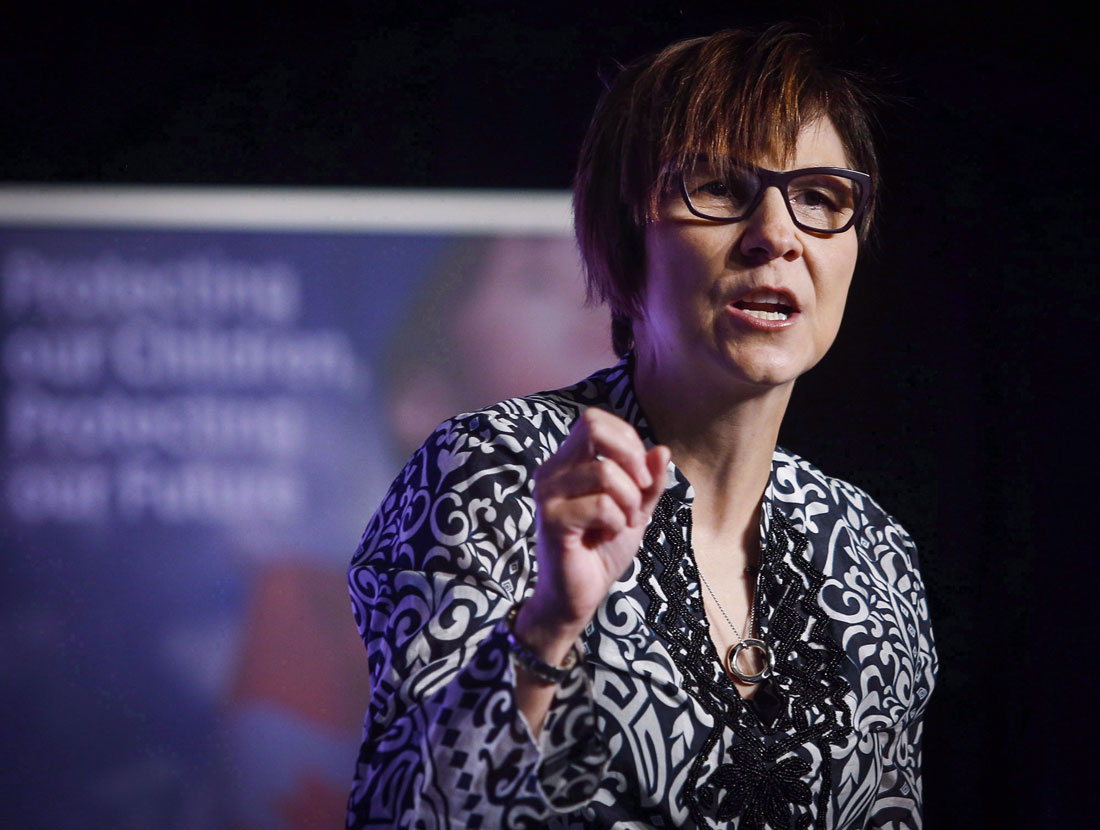[Editor’s note: In light of the news that the Trudeau government is challenging a “landmark ruling” that orders Canada to compensate Indigenous children and families hurt by the on-reserve child welfare system, we publish a recent essay by Tyee reporter Katie Hyslop that explores the federal government’s history of chronic avoidance when it comes to funding Indigenous kids equitably. The essay, titled: “Why fund Indigenous child welfare equitably, when you can spend millions to delay instead?” recently appeared in our free Tyee newsletter, The Run. You can subscribe to The Run here.]
Two-thirds of the kids in British Columbia government care are Indigenous; nationally it’s over 50 per cent. Most are First Nations. Yet only about 10 per cent of children in Canada and B.C. are Indigenous. They’re vastly over-represented in care. And that’s partly because the federal government continues to uphold a racist child welfare system.
Let’s look at the tape.
In 2005, the First Nations Child and Family Caring Society released a report on federal funding for status First Nations kids showing their medical and child welfare services received 30 per cent less funding per child than services for non-Indigenous children.
That same year, the society’s executive director Cindy Blackstock began lobbying the federal government to adopt Jordan’s Principle. Jordan River Anderson was born with multiple disabilities; disputes between the federal and provincial governments over who would pay for his treatment delayed his care for three years. Blackstock wanted governments to pledge to pay for care, and sort out the bills later.
She got her wish in 2007. Kids would come first next time.
Except they didn’t.
That same year Blackstock, along with the Assembly of First Nations, launched a new campaign. She filed a complaint with the Canadian Human Rights Commission arguing the government had been discriminating against First Nations children by underfunding services. The next year, the commission sent the complaint to the Canadian Human Rights Tribunal.
Years of legal battles ensued. Stephen Harper’s federal government pulled out all the stops to get the case thrown out and — when that didn’t work — delay it. It also spied on and “retaliated” against Blackstock.
Eight years later, on Jan. 26, 2016, the tribunal ruled that the federal government knowingly underfunded child welfare and medical services for 165,000 First Nations kids living on reserves and in the Yukon.
The government knew it wasn’t spending enough to meet provincial/territorial standards for care. But it still didn’t provide enough money.
It was ordered to cease its discriminatory practices immediately, as well as reform and broaden the scope of its child welfare services and supports. Compensation for the discrimination was to be decided at a later date.
But the rights tribunal ruling didn’t bring change. The tribunal has issued eight non-compliance orders, to little effect.
While the government was unwilling to equitably fund services for Indigenous children, it was prepared to spend to deny them services. For example, from 2015 to 2018 the feds spent $100,000 in legal fees to avoid paying $6,000 for one First Nations child’s braces. The government eventually settled with the family.
This isn’t just about medical expenses. The main reason kids are in care is neglect. Child welfare researchers say this is another word for poverty, which is only exacerbated by underfunded services.
The government’s discrimination against Indigenous children, established by the action launched 12 years ago, comes with a price. Canada must pay every on-reserve First Nations child who was removed from their families (since 2006) for reasons other than abuse $40,000. The guardians who they were taken from receive $20,000 per child apprehended.
Status kids on or off reserve who were denied or delayed in receiving necessary medical services from 2007 (when the government adopted Jordan’s principle) to 2017 also receive $40,000. Their guardians get $20,000.
The Assembly of First Nations says the child apprehensions payments alone apply to about 54,000 people and will cost more than $2 billion.
Today, the CBC reported that the Trudeau government has filed for judicial review of the tribunal’s ruling, once again delaying the compensation to those affected. (Conservative Party leader Andrew Scheer has said a Conservative government would do the same.)
Indigenous Services Minister Seamus O’Regan explained in a statement that the government agrees with the general idea of compensation but wants time to “address important questions and considerations such as who is to be compensated and the role of the Tribunal.”
Cindy Blackstock told the CBC yesterday that an appeal of the decision would perpetuate “racial discrimination of the worst kind.”
In general, there have been some positive changes under the Liberals. After declaring the over-representation of Indigenous kids in care a “humanitarian crisis,” then-Indigenous services minister Jane Philpott put forward a six-point plan in 2018.
It’s still a work in progress. Despite budget funding increases of $2 billion-plus over seven years (from 2016 to 2023) for child welfare services, and another $1.2 billion over three years for medical, it’s not enough to meet the feds’ cost or population projections.
Bill C-92, which cedes Indigenous child welfare control back to Indigenous communities, is now law, which should change Indigenous child apprehension rates. But so far there’s no federal funding for implementation.
It’s perhaps too early to say if any of these actions had an impact overall on Indigenous kids in care, as the government hasn’t created its promised national child welfare data and reporting strategy.
Yet since 2016, the proportion of Indigenous kids in B.C.’s care rose three percentage points to 64.5 per cent last December.
While government after government pays lip service to doing better, millions on legal fees to avoid fulfilling obligations tell another story.
Pay attention to party platforms on Indigenous rights. Have they costed out the price of fully implementing the United Nations Declaration on the Rights of Indigenous Peoples? Do they have dollars to transition from a settler state child welfare system to one established by and for Indigenous communities?
The tribunal case has proven Canada can’t run away from its past (or present). Sooner or later, we’re going to have to pay. ![]()
Read more: Election 2019, Indigenous

















Tyee Commenting Guidelines
Comments that violate guidelines risk being deleted, and violations may result in a temporary or permanent user ban. Maintain the spirit of good conversation to stay in the discussion.
*Please note The Tyee is not a forum for spreading misinformation about COVID-19, denying its existence or minimizing its risk to public health.
Do:
Do not: